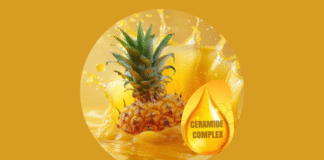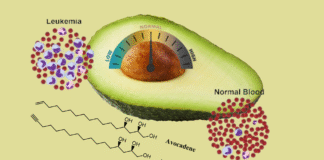Adipose tissue is a connective tissue which is made up of fat cells called adipocytes. Depending on the function, adipose tissue can be classified either as white adipose tissue (WAT) or brown adipose tissue (BAT). WAT helps storing excess energy, while BAT assists in consuming energy by producing heat. This production of heat involves activation of BAT on exposure to cold temperature, called non-shivering thermogenesis. This difference in function of WAT and BAT relates to the difference in their morphology. In the cytoplasm of a WAT, there are few mitochondria and the lipid is in the form of a single large droplet. While a BAT contains a large number of mitochondria and several small multiple lipid droplets in cytoplasm. Mitochondria in BAT contains a specific protein that favours the production of heat rather than the production of energy (ATP). Moreover, the small size of lipid droplets accelerates the rapid consumption of lipids and generation of heat. Another important fact about these adipose tissues is that in response to cold, energy-storing WAT may adopt BAT-like appearance and transform into beige adipocytes (in between white and brown) with thermogenic effect.
Since the stimulation of BAT or the formation of beige adipocytes increases energy expenditure, it could be used as an alternative strategy to counter obesity. Curcumin is a naturally occurring compound in turmeric, while capsaicin is a major component of pungency in red hot peppers. Both curcumin and capsaicin have been shown to enhance thermogenesis and cause weight loss in humans. In a study comprising human subjects, curcumin increased weight loss from 2% to 5% with reduction in fat. While in another study, oral ingestion of capsaicin promoted BAT activity with a 3-fold increase in energy expenditure and decreased fat mass upon exposure to cold.




